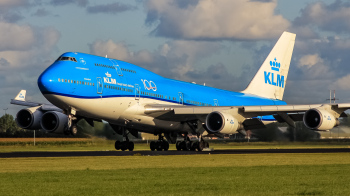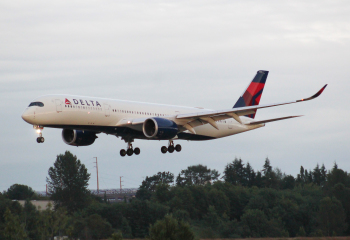Aerodynamics is the study of how air interacts with objects that move through it, such as airplanes, race cars, and drones. Aerodynamics is a branch of fluid dynamics, and is concerned with the motion of air and the resulting forces it exerts on objects. The study of aerodynamics is important for the development of aircraft and other high-speed vehicles as it allows engineers to design vehicles with the lowest possible drag, which increases efficiency and reduces fuel consumption.
Aerodynamics is based on the principles of fluid dynamics, which states that when a fluid (air) is flowing around an object, it creates a pressure differential between the front and back of the object. This pressure differential creates a force on the object, known as aerodynamic force. This force can be either a lift or a drag, depending on the shape and orientation of the object.
The most important factor in aerodynamics is the shape of the object. A streamlined shape will produce the least amount of drag, while a blunt shape will produce the most drag. This is because streamlining reduces the surface area exposed to the air, meaning less air has to be pushed aside as the object moves, resulting in less drag.
The angle at which the air meets the object also affects aerodynamics. A flat angle of attack will produce the highest drag forces, while a more angled attack will produce less. This is because a flat angle of attack causes the air to move over the object in one uniform sheet, meaning more air must be pushed aside, resulting in higher drag forces.
In addition to the shape and angle of attack, the speed of the object also affects aerodynamics. At higher speeds, the air around the object moves faster, causing a greater pressure differential and resulting in increased drag forces. In order to reduce drag, engineers must design vehicles that can maintain their shape even at the highest speeds.
Finally, the air density also affects aerodynamics. The air around us is not uniform, and can have different densities in different areas. This means that at higher altitudes, where the air is less dense, the drag forces on an object will be less than they would be at lower altitudes.
Aerodynamics is an important field of study for anyone interested in the design and development of high-speed vehicles, as it is essential for designing vehicles that are efficient and safe. By understanding the principles of aerodynamics, engineers can design vehicles that minimize drag and maximize efficiency.





Comments